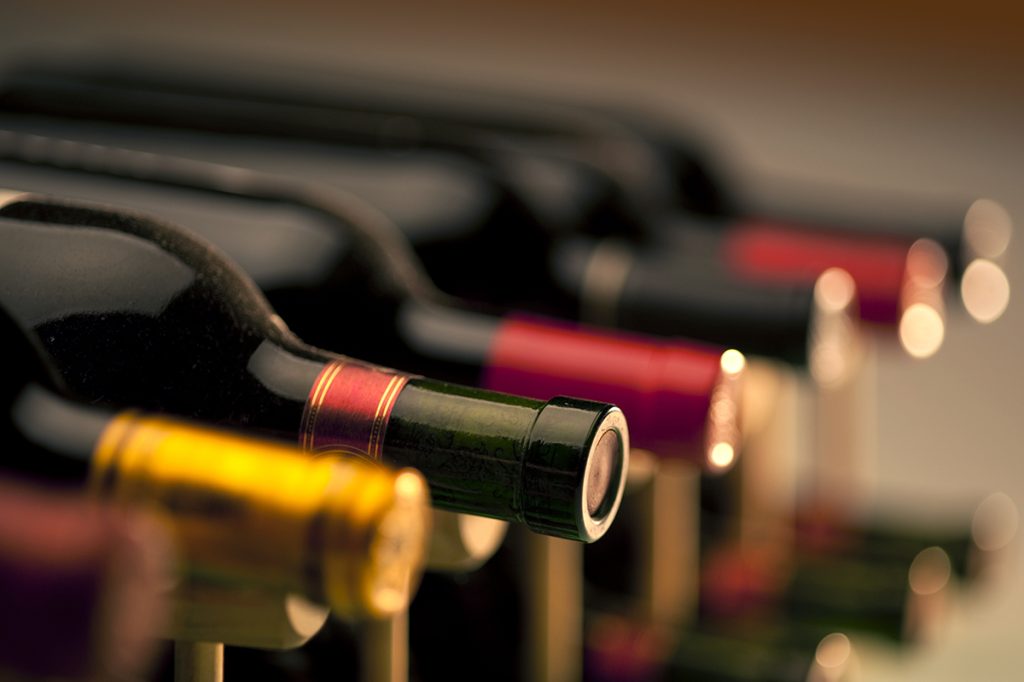In the heart of Ontario’s Niagara Region, Vineland Estates Winery is pioneering a groundbreaking approach to safeguarding grape crops against a relentless adversary: powdery mildew. With over 75,000 tonnes of grapes produced annually in the province, the threat of this fungal disease looms large, potentially leading to massive crop losses if left unchecked.
Powdery mildew poses a significant risk to winemakers, affecting both leaves and berries and ultimately destroying the fruit. Historically, the industry has relied on fungicides to manage the spread of this disease, a method fraught with challenges including high costs, safety concerns, and the potential for fungal resistance.
Enter a new era of sustainable winemaking with a Canadian innovation developed by Clean Works in St. Catharines, Ontario. Vineland Estates Winery is at the forefront of testing this cutting-edge technology, which harnesses the power of hydrogen peroxide, ozone, and UV-C light to combat powdery mildew.
The system, housed in panels resembling a biohazard facility, emits a high-pitched hiss as hydrogen peroxide mist intermingles with the ethereal glow of ultraviolet lights. As the harvester moves over rows of vines, these elements work in tandem to disinfect the vineyard surface, targeting pathogens like powdery mildew while leaving no chemical residues behind.
Initial trials have shown promising results, with mildew effectively kept in check even during particularly rainy seasons. This innovative approach not only reduces waste but also offers substantial cost savings for wineries by minimizing the need for traditional fungicidal spraying.
While the system’s effectiveness on surface pathogens is evident, questions linger regarding its long-term impact on grape genetics and its ability to combat internal fungal threats. Researchers at the University of Guelph are conducting rigorous monitoring and measurement to assess the technology’s efficacy and address these concerns.
Beyond its immediate benefits, the adoption of this sustainable solution aligns with broader environmental imperatives in the face of climate change. With warmer temperatures creating conducive conditions for fungal pathogens, the need for adaptable and eco-friendly practices in viticulture has never been more pressing.
For Allan Schmidt, president of Vineland Estates, the new system represents not just a technological advancement but a commitment to sustainable winemaking practices. By showcasing the technology to other wineries, the hope is to catalyze a shift towards more environmentally conscious approaches within the industry.
As the global demand for wine continues to rise, the imperative to balance productivity with environmental stewardship becomes increasingly urgent. The pioneering efforts of Vineland Estates Winery serve as a beacon of hope, demonstrating that innovation and sustainability can go hand in hand in the pursuit of excellence in winemaking.
Looking ahead, the potential impact of this Canadian technology extends far beyond Ontario’s borders, offering a blueprint for wineries worldwide to embrace a greener, more resilient future. In an industry steeped in tradition, the winds of change are blowing, heralding a new era of sustainability and innovation in winemaking. Vineland Estates Winery stands at the vanguard of this transformation, leading the charge towards a brighter, more sustainable future for viticulture.


